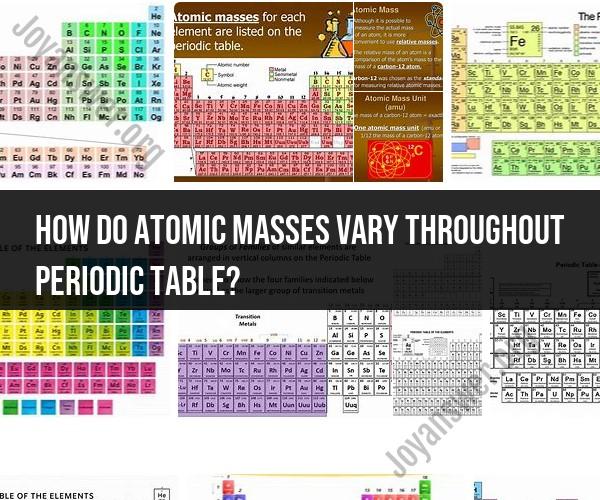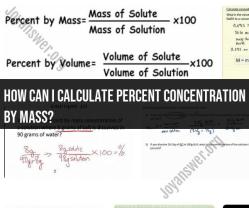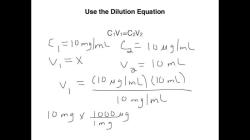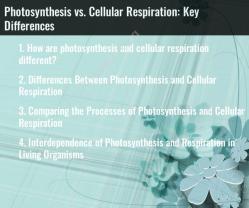Atomic masses vary across the periodic table due to differences in the number of protons, neutrons, and electrons in the atoms of different elements. Here are some key patterns and trends in atomic masses as you move across the periodic table:
Increasing Atomic Mass: Generally, as you move from left to right across a period (horizontal row) of the periodic table, atomic masses tend to increase. This is because the number of protons in the nucleus, which determines the element's identity, increases, leading to a greater positive charge in the nucleus. More protons attract more electrons, resulting in a larger number of electrons orbiting the nucleus.
Periodic Table Blocks: The periodic table is often divided into blocks: s-block, p-block, d-block, and f-block. Within each block, you can observe specific trends in atomic masses.
s-Block (Groups 1 and 2): Atomic masses tend to increase as you move down the group. For example, lithium (Li) has a lower atomic mass than sodium (Na) in Group 1.
p-Block: Atomic masses increase across the p-block within a period. For example, carbon (C) has a lower atomic mass than nitrogen (N) in Period 2.
d-Block (Transition Metals): Atomic masses vary less predictably within the d-block due to variations in the number of electrons in the outermost d orbital. However, they generally increase as you move across the period.
f-Block (Inner Transition Metals): Atomic masses vary significantly within the f-block elements, but they tend to be quite high due to the presence of numerous protons and neutrons.
Increasing Atomic Number: Atomic number, which represents the number of protons in an atom's nucleus, increases uniformly across the periodic table. As you move from one element to the next, you are adding one proton and one electron, resulting in an increase in atomic mass.
Isotopes: Some elements have multiple isotopes with different numbers of neutrons. This can lead to variations in atomic mass for a single element. The atomic mass reported on the periodic table is typically an average of these isotopes, weighted by their natural abundance.
Exceptions: There are some exceptions to the general trend of increasing atomic mass as you move across the periodic table. For example, the atomic mass of hydrogen (H) is lower than that of helium (He), even though hydrogen is the first element and helium is the second. This is because hydrogen's most common isotope, protium, has a very low mass.
In summary, atomic masses in the periodic table generally increase as you move from left to right across a period and increase as you move down a group. However, there are exceptions and variations due to isotopes and the electron configurations of elements. The atomic mass is an important property used in chemistry to calculate molar masses, stoichiometry, and other chemical calculations.













